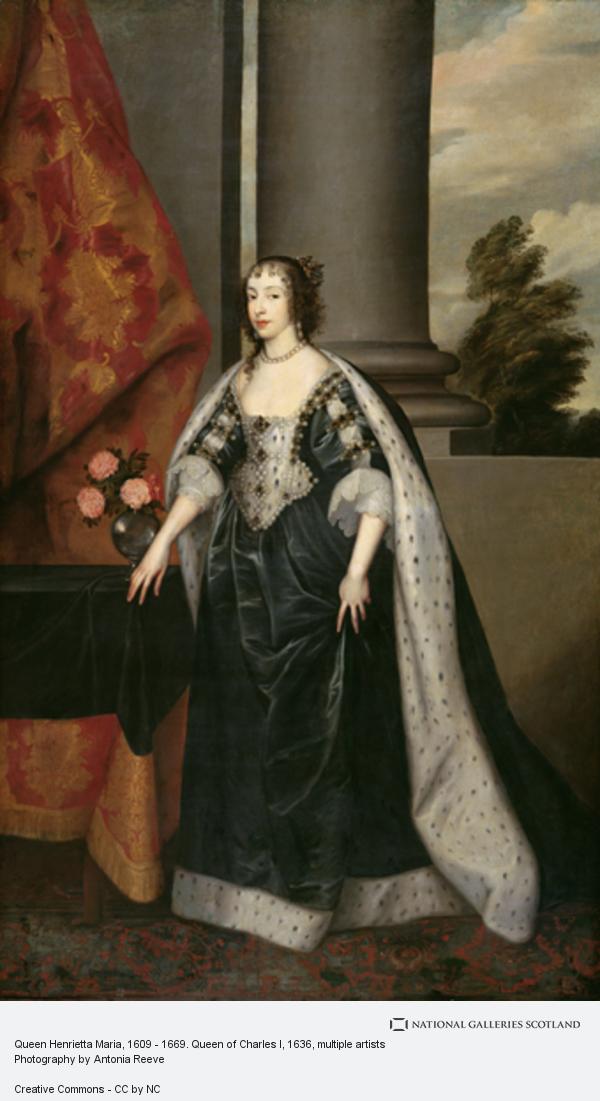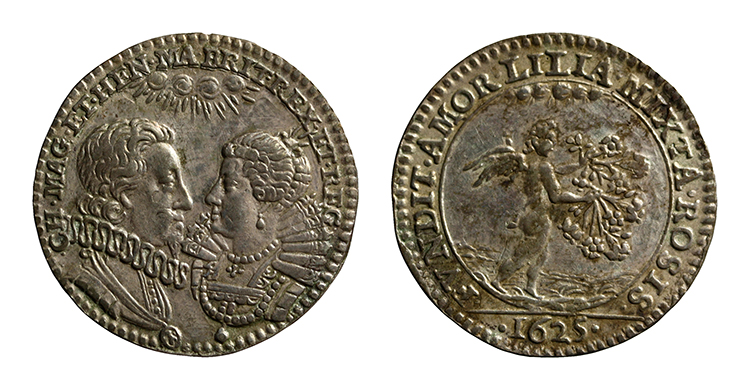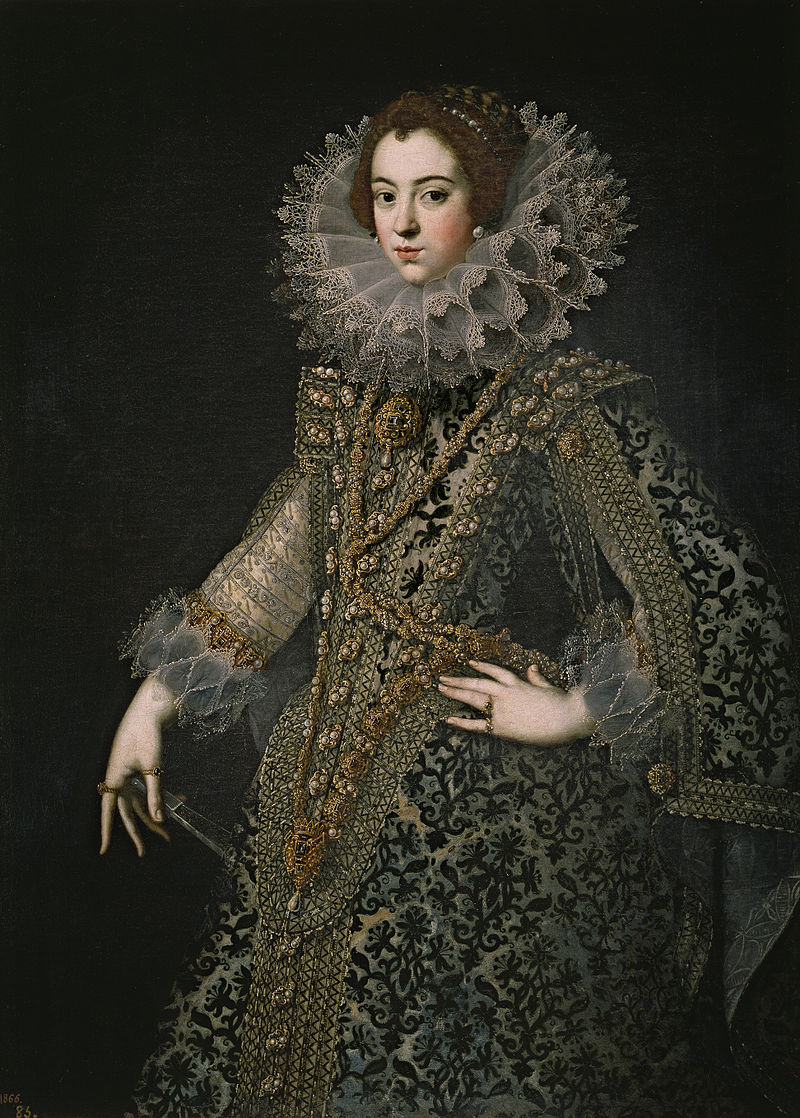From The Patriot Post:
First, we confirmed that the woke commander of the Osan Air Force base in South Korea has authorized “pride patches” to be worn on uniforms while performing official duties. Got that? The greatest external threat to the United States is Red China, which is currently threatening an invasion of Taiwan to enforce reunification. Our frontline of defense in the region includes Osan, and I bet the ChiComs are terrified of those pride patches.
Of course, that pandering AF commander may have just been taking a
cue from the CIA, which made sure to prioritize it’s “pride month” celebrations.
House Select Committee on Intelligence member, Rep. Mike Waltz (R-FL), a
former Green Beret concluded: “It just shows where this
administration’s priorities continue to be, which is a virtue signal to
the progressive Left, rather than staying focused on lethality,
effective intelligence collection, and keeping America safe. It’s just a
total misplacement of priorities, and it comes from the top, and it
comes from highly politicized political appointees, by political
appointees that are pushing an agenda.”
It’s not just the Air Force. Each of the service branch chiefs is
dutifully appeasing the Biden administration’s political
gender-confusion agenda with such virtue-signaling nonsense. Yes, even
the Navy SEALs got in on the act, with their own rainbow social media post.
Next news in, after defacing the White House by putting rainbow colors on its columns, Kamala Harris
hosted the cast of “Queer Eye,” and concluded the gay affair by
thanking them for “meaningful conversation” and “giving my office your
stamp of approval.” So special! Perhaps the failed “Border Czar” should host the families of Laken Riley, Rachel Morin, and 12-year old Jocelyn Nungaray
at the White House, the latest torture/murder victims of Biden’s swarms
of illegal immigrants. Harris could have painted the columns red in
remembrance of the tens-of-thousands of American citizens assaulted by violent illegal immigrants.
Then we learned that SCOTUS will hear legal challenges to what the Demos and their Leftmedia parrots
call a “gender-affirming care ban” for children — or, more accurately, a
“ban on gender mutilation of children.” This comes on the heels of U.S.
District Judge Robert Hinkle ruling
in which he asserts: “Florida has adopted a statute and rules that ban
gender-affirming care for minors even when medically appropriate. The
ban is unconstitutional.” Just when exactly is so-called “transgender” chemical alteration and physical mutilation of children “medically appropriate”?
Apparently Biden approves. His official pride month proclamation
objects to states protect children from gender mutilation: “These bills
and laws attack our most basic values and freedoms as Americans: the
right to be yourself, the right to make your own medical decisions, and
the right to raise your own children.” In fact, we also just confirmed evidence that Biden’s “transgender” groomer-in-chief at the Department of Health and Human Services, Richard “Rachel” Levine, advocated for removal of age limit guidelines for genital mutilation surgeries on children. That is the same miscreant who wanted to declare a whole “summer of pride.” (Read more.)
Resistance works. From USA Today:
Bud Light, owned by beer giant Anheuser-Busch, is still struggling after last year’s conservative blowback over a social media campaign with transgender influencer Dylan Mulvaney.
“The goal is to make ‘pride’ toxic for brands,” conservative commentator Matt Walsh wrote on X, formerly Twitter, at the time. The strategy worked. Activists rallied supporters using hashtags and
slogans like “go woke go broke” and held boycotts and other actions they
called “Bud Lighting.” Not
only did sales suffer, some in the LGBTQ+ community turned away from
Target and Bud Light, too, for bowing to conservative pressure. Now brands are navigating the volatile political climate more gingerly. Expect fewer rainbow logos, Skallerud says. (Read more.)
From The Federalist:
Tractor Supply announced Thursday it is no longer implementing
neo-Marxist initiatives throughout the company, marking a rare win for
conservatives seeking to restore sanity to American institutions.
“We work hard to live up to our Mission and Values every day and
represent the values of the communities and customers we serve,” a company press release
reads. “We have heard from customers that we have disappointed them. We
have taken this feedback to heart. Going forward, we will ensure our
activities and giving tie directly to our business.”
The announcement came after conservative filmmaker and former
congressional candidate Robby Starbuck unearthed the company’s
infatuation with so-called “diversity, equity, and inclusion (DEI),”
a poisonous left-wing framework that dismisses merit and instead
discriminates based on characteristics such as skin color and sex.
Individuals who qualify for a certain position on merit but don’t meet
the discriminating entity’s goal of being more “diverse” are often
passed over in favor of those who meet institutionally preferred
identitarian standards. (Read more.)
Meanwhile, in Georgia...From The Georgia Record:
Blue
states are passing laws to allow children to become “transgender”
without parental consent, to punish those who use “wrong” pronouns, and
to shield “gender” doctors from lawsuits for harms caused to kids. Red
states are passing laws to outlaw transgender medical “treatments” on
minors, to protect children from sexually explicit schoolbooks, and
banning males from female sports.
Disagreements over the definition of biology, sex, sexuality, and
truth – and the safeguarding of children. I never expected to be
thinking about such things when I got involved in gay rights, in 1993.
No one was talking about any of the things “LGBTQ+” activists are
talking about today.
It’s 2024 in Georgia and a once rare psychiatric disorder affecting
primarily men has become today what we call “transgender.” What were
formerly known as transsexuals and transvestites have morphed into a
host of different things, real and imaginary. Today’s queers,
nonbinarys, pansexuals, asexuals, demiboys, and gender-fluids - with
xemself, perself, and verself pronouns. What remains a diagnosis in the
Manual for Mental Disorders (DSM-5) is now used to tell kids they can be
“born in the wrong body.” A condition trans activists insist be
included under The Americans with Disabilities Act is proselytized to
kids as healthy social and biological development. (Read more.)
Share
















_-_(2).JPG/800px-0_Marie_de_M%C3%A9dicis_-_Frans_Pourbus_le_Jeune_-_Louvre_(INV1710)_-_(2).JPG)


_by_Daniel_Dumonstier.jpg/800px-A_sketch_presumed_to_be_Nicholas_Henri_of_France_(Duke_of_Orl%C3%A9ans)_by_Daniel_Dumonstier.jpg)
.jpg/800px-Full_length_portrait_painting_of_Gaston_of_France%2C_Duke_of_Orl%C3%A9ans_in_1634_by_Anthony_van_Dyck_(Mus%C3%A9e_Cond%C3%A9).jpg)















